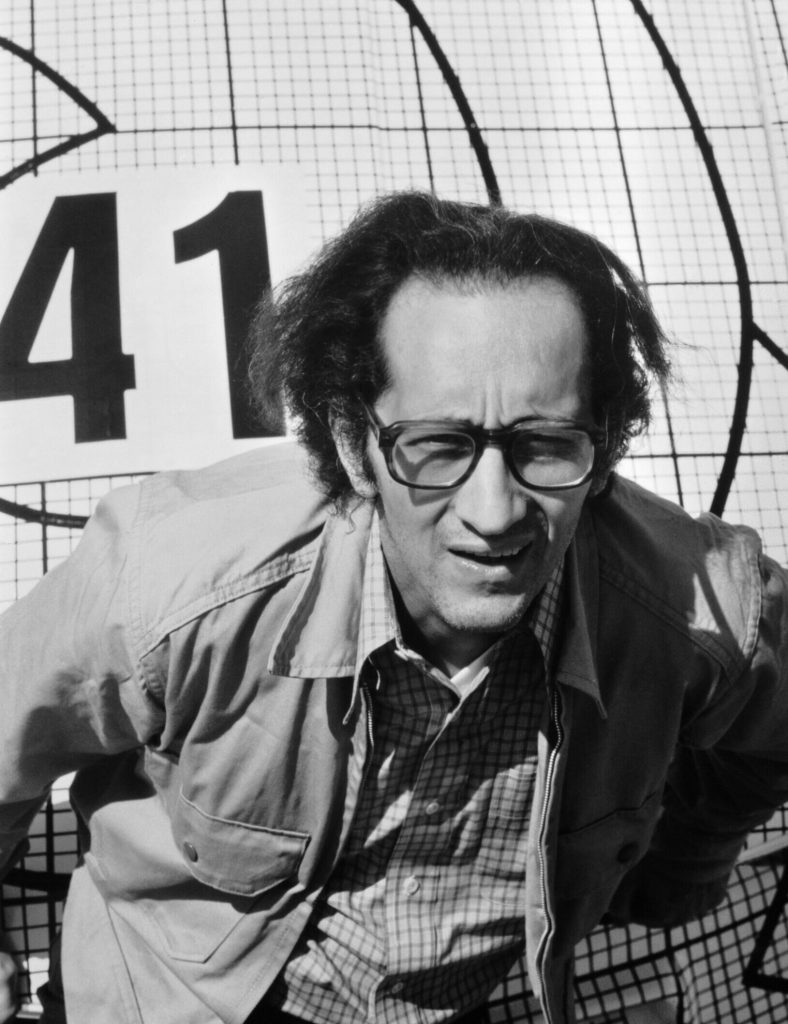Frank Stella, the abstract painter and sculptor who was the second artist after Alexander Calder to design a BMW Art Car, died Saturday at age 87. The New York Times said that Stella had been battling lymphoma.
Stella loved racing – both automobiles and horses – and had many friends in both communities. His 1976 contribution to the BMW Art Car Project was a white BMW 3.0 CSL overlaid entirely by small black checkers, resembling graph paper. Over that base he painted thin geometric outlines in black. The car, driven by Brian Redman and Peter Gregg, raced in the 24 Hours of Le Mans, but didn’t finish the race due to an oil leak in hour five.


Stella also designed the exterior of an “unofficial” art car – it is not considered one of the official works commissioned by BMW – in 1979 at the invitation of his friend Gregg, the sports car racer who had a class win at the 24 Hours of Le Mans and five victories at the Rolex 24 at Daytona. Gregg bought a BMW M1 Procar, used in the one-make racing series created by the automaker, and had Stella paint it. The car was displayed in the Guggenheim Museum.

Stella considered the M1 part of his “Polar Coordinates for Ronnie Peterson” series, which he created to commemorate his friend Peterson, the Formula 1 driver who died in a crash at the 1978 Italian Grand Prix, when his Lotus collided with the car of James Hunt. Gregg and Stella, who often traveled to races together, were present at the Grand Prix to watch Peterson and his Lotus teammate, Mario Andretti.
Stella was the passenger in a car driven by Gregg in 1980 en route to the Le Mans circuit when they collided with an oncoming car outside Paris. Both were injured but recovered, but there was damage to Gregg’s vision, which never improved and ended his racing career. Seven months later, Gregg took his own life.



Stella was considered a major contributor to the freewheeling abstract expressionism movement that began after World War II, swirling around mostly in the art community of New York City, where Stella lived. In its definition of abstract expression, the Guggenheim points to Jackson Pollock as the movement’s leading artist, “who placed his canvases on the floor to pour, drip, and splatter paint onto them and to work on them from all sides, which set him apart from the tradition of vertical easel painting.”
Stella’s “Black Paintings” are his most famous work. They consist of mostly geometric shapes on a white canvas, using black paint.
“Stella was courtly, charismatic and formidable,” wrote Washington Post art critic Sebastian Smee, in Stella’s obituary. “Even when he wasn’t speaking, a terrific intelligence came off him like steam.”













